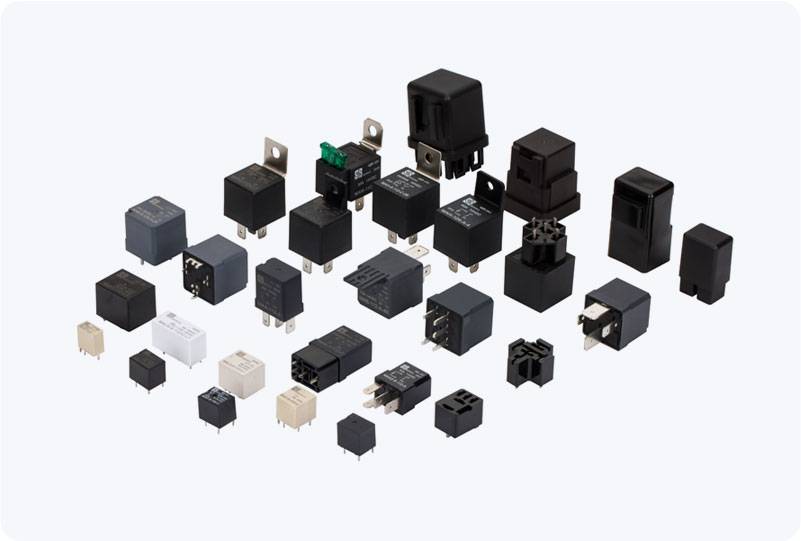Power relay contact welding is a common issue that affects the longevity and performance of electrical systems. In applications where relays are used for switching high currents, contact welding can occur, leading to damaged components, reduced operational life, and unreliable performance. The Power Relay Contact Welding Solution (PRCWS) is designed to address this critical problem by incorporating advanced materials, optimized designs, and cutting-edge technologies to enhance the reliability and performance of power relays.

Understanding the Challenge: Contact Welding in Power Relays Power relays are essential components in many electrical systems, acting as switches that control the flow of electricity in response to a control signal. When a power relay closes, the contact points (also known as relay contacts) connect and disconnect electrical circuits, allowing current to flow. However, during this process, the contacts often experience high electrical stress due to the rapid switching of large currents or voltages. One of the primary risks that power relays face is contact welding, a phenomenon that occurs when the electrical contacts of the relay stick together or “weld” under the extreme heat generated by electrical arcing. This can result from: